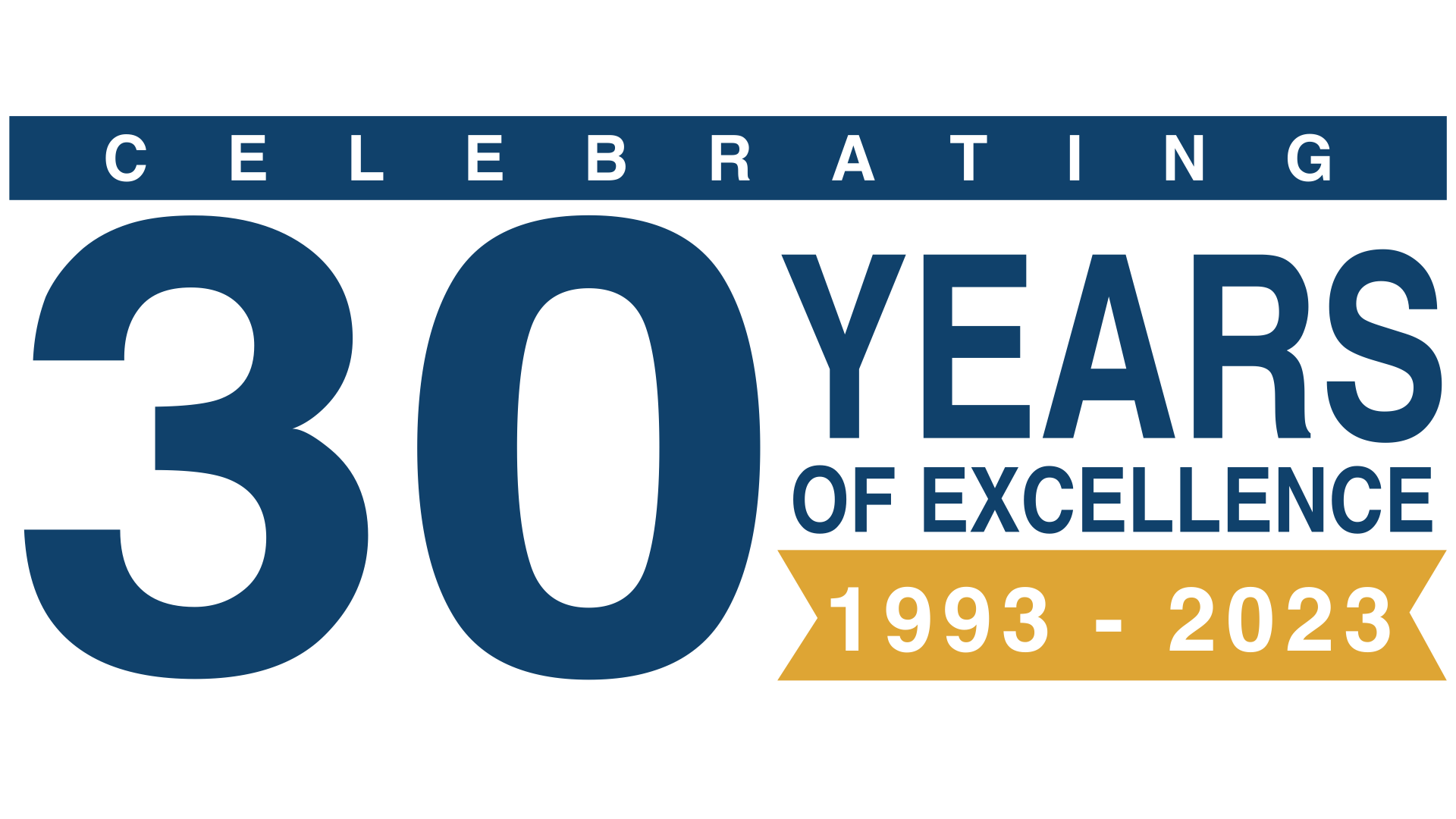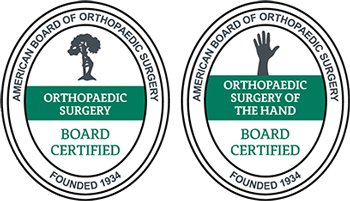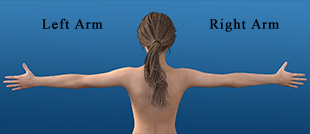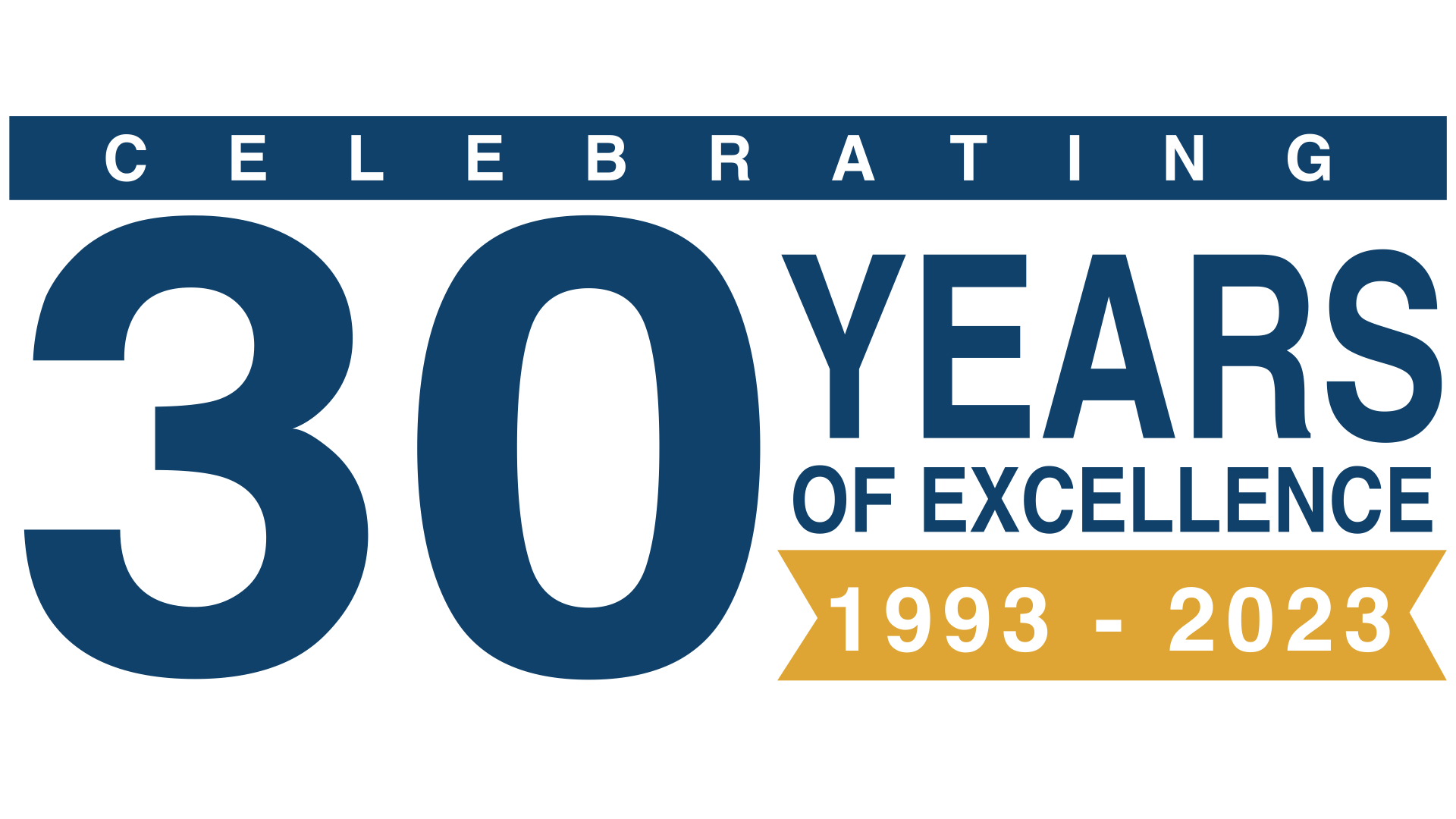Expected Recovery Time of a Torn Bicep
An injury to the bicep can be a painful setback, affecting your physical well-being and daily life. Whether it’s a partial tear or a more severe injury, understanding the aftercare process is crucial for a successful recovery. This article explores the recovery time for a distal biceps tendon tear surgery. Our experts at The Hand and Wrist Institute share tips for how to speed up your recovery and a range of at-home aftercare exercises to help alleviate pain and restore strength.
Contents
What Is a Torn Bicep?

A torn bicep occurs when the fibers of the biceps muscle or its connecting tendon tear or rupture. This muscle is crucial in bending the elbow and rotating the palm upward. Torn biceps injuries can vary in severity, and some examples are as follows:
- A biceps tendon tear occurs when one of the two tendons that attach the biceps muscle to the shoulder or elbow tears partially or completely. This can occur at either attachment point of the two main biceps tendons.
- Biceps muscle tear: In some cases, the biceps muscle can tear, known as a muscle belly tear. These are less common but can still cause significant discomfort and loss of function.
Recovery Time for a Torn Bicep
The recovery time for a distal biceps tendon injury can vary depending on the severity, treatment, and level of aftercare. If your injury is relatively mild, such as a partially torn biceps tendon, recovery can take several weeks to a few months. A complete tear of the biceps tendon is a lot more serious. It usually requires surgical intervention to reattach the tendon to the bone. The expected recovery timeline after surgery is as follows:
- Weeks 1-4: You must wear a brace or sling to immobilize your arm. You can begin light physical therapy after a few weeks to rebuild muscle strength.
- Weeks 4-6: You can remove your sling and begin more challenging physical therapy to promote recovery.
- Months 4-6: You can start more intense physical therapy if your arm is still recovering.
- Months 6-12: Your muscles could take six months or longer to recover.
When Can I Return To Work?
Your arm may feel swollen and sore for several days, but the swelling should gradually decrease daily. After two to three weeks, you should be able to begin low-impact daily activities if you don’t use your injured arm. If you work a desk job, you may be able to return to work in a week or two. If your work involves using the affected arm, it could take up to four months before you can safely return to work. Always ensure you’ve received the all-clear from our orthopedic experts first.
Tips To Speed up Recovery
Here are some tips to help accelerate the healing process:
- Get plenty of rest: Avoid activities that strain the injury and give your torn bicep time to heal. Use a brace, sling, or cast to immobilize the arm and protect the healing tissue.
- Elevate your arm: Elevate your elbow above your heart to reduce swelling.
- Manage inflammation: Ice the injury for 10 to 20 minutes every one to two hours. Repeat for three days or until the swelling subsides.
- Keep it clean: Gently wash the area daily with warm water and pat it dry. Avoid showering for 24 hours and bathing for two weeks after surgery.
- Manage the pain: Use over-the-counter pain relievers as your health care provider prescribes to manage pain and discomfort.
- Exercise the arm: Work with an expert specializing in orthopedic or sports injuries. We can develop a tailored rehabilitation program to improve strength, flexibility, and range of motion.
- Get good nutrition and hydration: Maintain a well-balanced diet rich in vitamins and minerals to support tissue healing and repair. Drink plenty of water.
- Get plenty of sleep: Aim for seven to nine hours of restorative sleep each night to support recovery.
Remember that recovery from a torn bicep is a gradual process. Pushing too hard or rushing back into activities can lead to setbacks. Always consult with our hand and wrist specialists and follow our guidance to ensure a safe and effective recovery.
At-Home Exercises To Alleviate Pain
Properly executed at-home exercises can help alleviate pain and aid in the healing of a torn bicep. It’s crucial to check with our Dallas surgeons to ensure they’re safe for you:
Pendulum Swing:
Stand or lean over a table, supporting your non-injured arm. Allow your injured arm to hang freely. Gently swing it in a circular motion, clockwise then counterclockwise. This helps improve shoulder and elbow joint mobility.
Isometric Bicep Contractions
Sit or stand with your injured arm bent at a 90-degree angle. Place your hand against a wall. Push your hand onto the surface as hard as possible without causing pain. Hold for a few seconds, then relax. This exercise helps activate the bicep without excessive strain.
Bicep Curls with Resistance Band
Sit or stand with a resistance band under your foot. Grasp the band with your injured hand, palm facing up. Perform slow and controlled bicep curls to strengthen the injured arm. Start with low resistance and gradually increase as tolerated.
Wall Slides
Stand with your back against a wall. Slowly slide your injured arm up the wall while keeping your back and elbow against the wall. Slide as high as comfortable, then lower it down. This exercise improves shoulder mobility and gently activates the bicep.
Bicep Stretch
Stand with your feet shoulder-width apart. Extend your injured arm in front of you at shoulder height, palm facing down. Use your non-injured hand to gently pull your fingers back, stretching the bicep. Hold for 15-30 seconds. Repeat as tolerated.
These exercises should be performed without causing pain. If you experience increased pain or discomfort, stop the exercise immediately and consult our hand and wrist specialists. We can adjust your exercise regimen or recommend other approaches to support your recovery.
Don’t Forget Your Aftercare
The proper aftercare can make all the difference on the journey to recovery from a torn bicep. Gentle exercises are crucial to regaining strength and function in the affected arm. Your commitment to diligent aftercare, including rest and rehabilitation exercises, is essential. Remember, the road to recovery may be challenging, but with perseverance, you can ensure your bicep heals quickly and effectively. Have a question? Contact our Dallas Hand Surgeons at The Hand and Wrist Institute today.
man in white towel in grayscale photography by Gary Meulemans is licensed with Unsplash License

























